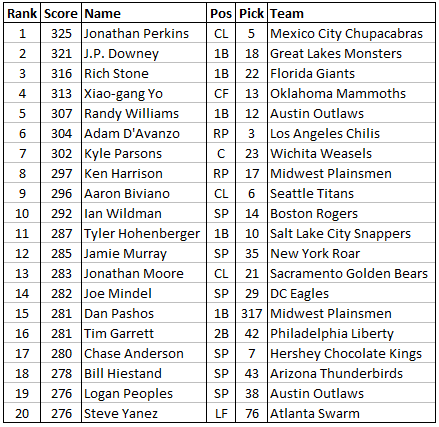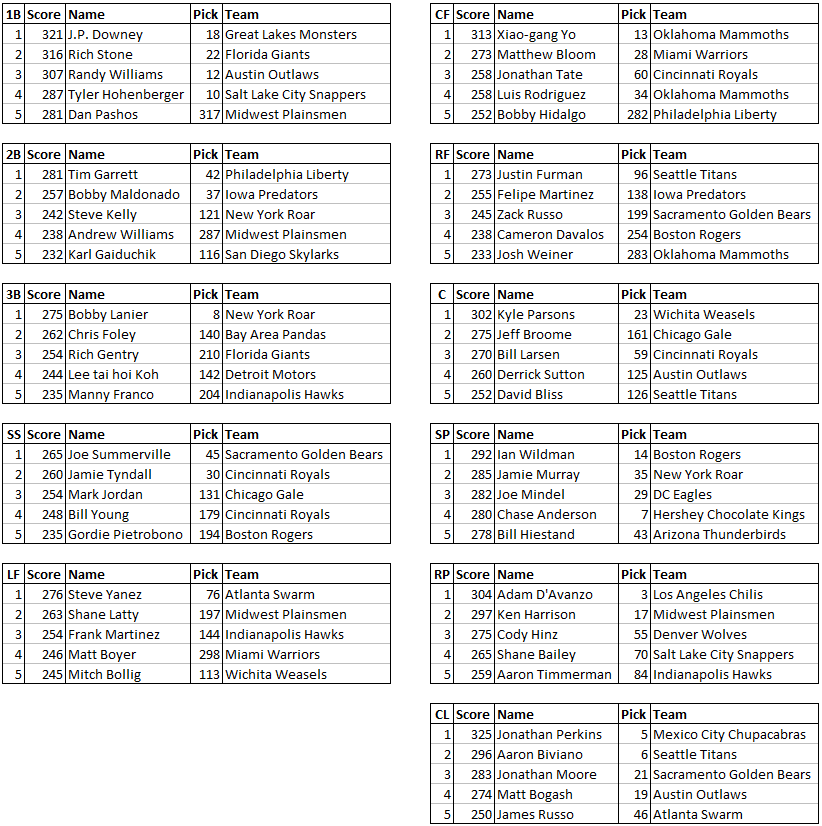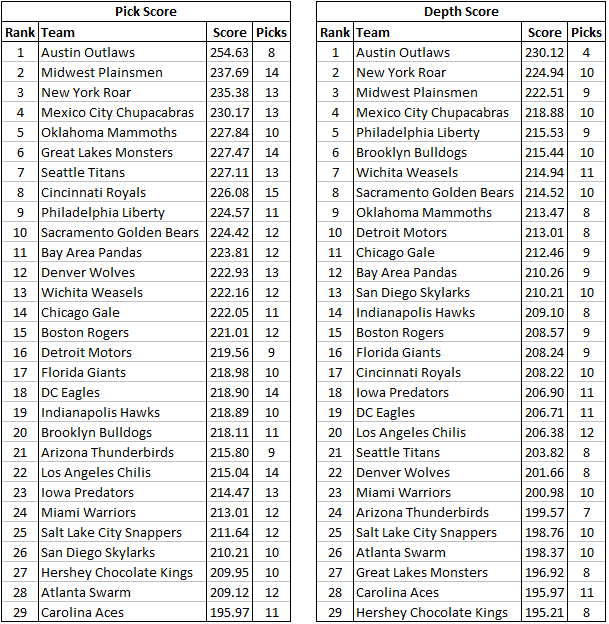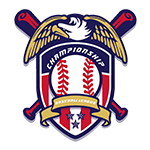The Scout – 2031 Draft Review
Bill Green, Houston Moondogs’ Scouting Director, takes an in-depth look at the 2031 draft.
Welcome to my analysis of the 2031 CBA Draft. As with the 2029 draft article, let’s start by going over a few caveats and points to bear in mind:
– All assessments are based on my opinion of a players’ skill on the day the draft took place
– I am rated as LEGENDARY when it comes to scouting amateurs, although I do tend to favour tools over ability, so keep that in mind
– Players drafted by my organisation have been excluded from these rankings
– I am only ranking players in terms of their batting or pitching skill. Defense and speed have not been taken into account, although poor work ethic has been accounted for. A player’s score is calculated using their primary ratings, as follows:
Batter – Sum of the 5 basic batting potential ratings (CON+GAP+HR+EYE+K’s)
Pitcher – Sum of the 3 basic pitching potential ratings, plus the average of the 3 ratings multiplied by 2 ([STU + MOV + CON]+[[AVG of STU + MOV + CON]*2])
I have found this method to be the fairest way to put batters and pitchers on an even playing field when it comes to ratings.
Projected relief pitchers (<3 pitches, and/or low stamina) receive a 10% penalty to their score.
A low score for work ethic resulted in a 10% penalty to a player’s overall score.
OK, let’s get to it, starting with my top 20 players overall.

Some observations here:
> Jonathan Perkins looks to be an absolutely dominant reliever with the potential to help his team for years to come. Even with the 10% reliever penalty, he finds himself at the top of the pile.
> Just the 6 players taken outside of the first round this year, compared to 10 when I analysed the 2029 class.
> Speaking of the 2029 class, only 7 of the top 20 players this year would have made the top 20 last year. Was 2029 an historically good class, or was this a below par one?
> Good job by Austin and Midwest, who both picked two players in the top 20.
Next up, let’s breakdown the top 5 talents at each position.

A poor year for outfielders overall, with just two players scoring more than 275 points. First Base looks strong, as does starting pitching. Shout out to Miami’s Matt Boyer – taken in the 10th round, 298th overall.
Finally, let’s take a look at my evaluation of every team’s draft. For these tables, we are looking at the average player score for each team (first table), and the average player score for each team’s pick after the 3rd round. This second table gives a good idea of who did the best job of scouting the 2031 class a little deeper. As with all of these scores in this article, bear in mind that these scores are all my own opinion – I’m sure everyone’s scouts love their own draft class!

Well done Austin Outlaws – clearly my drafters of the year after topping both tables!
If anyone has any questions about my methods, please feel free to drop my GM – Ben Rollo (@ben-moondogs) – a line.
Thanks for reading folks – and keep your eyes peeled for another draft article coming soon – time to look back at my 2029 analysis and see what I got right (and wrong!)

